A variety of factors are contributing to accelerated electrification trends in the Indian automotive industry, including a COVID-19-related breakthrough in buyer acceptance of electric vehicles, a shifting policy environment that aggressively leans passenger electric vehicles over gas-powered vehicles, the introduction of several new EV models, and increased automaker investment and prioritization of EV research technologies.
JMK Research and Analytics report asserts that overall Electric Vehicle sales in December 2021 clocked 50,866 units, recording a 240 percent YoY jump from the number recorded in December 2020. A total of 14,978 electric vehicles were registered across India in December 2020. Furthermore, this observed a 21 percent month-on-month (MoM) growth compared to November 2021.
The study also indicates that Uttar Pradesh with 23 percent of the total EV registrations was the state where the maximum number of electric vehicles were registered in December 2021. Maharashtra (13 percent), Karnataka (nine percent), Rajasthan (eight percent), and Delhi (seven percent) were the other states in the leading five positions. Tamil Nadu contributed seven percent of total EV registrations in India in December 2021. Tamil Nadu is the frontrunner, accounting for about 34% share in total planned investments for EVs, followed by Andhra Pradesh and Haryana, with a share of 12% and 9%, respectively, according to a collaborative report by Colliers and Indospace.
Their study claims that EV registrations in December 2021 were driven by electric two-wheelers and passenger three-wheelers, which jointly accounted for 90.3 percent of total EV registrations in the month. Electric two-wheelers alone contributed 48.6 percent to the total EV registration. Electric cars contributed five percent, and the electric cargo three-wheelers contributed 4.3 percent.
Several leading corporations and prominent upcoming companies operating in the market contributed to the growth of the Indian electric two-wheeler market in the year 2021. According to the Society of Manufacturers of Electric Vehicles (SMEV), the total sales of electric two-wheelers, including high-speed and low-speed, in the 12 months (January-December) in 2021 hiked by 132% over the corresponding year 2020.
The incentives on high-speed electric two-wheelers based on their battery capacity of ₹ 15,000/kwhr have made the entry-level high-speed eE2Ws more affordable than many of the low-speed ones, since the low-speed E2Ws are not subsidized under the FAME 2 policy. "We haven't seen better days than the last few months in the entire EV journey. In the last 15 years, we collectively sold around 1 million e2w, e-three wheelers, e-cars, and e-buses, and we will most likely sell the same 1 million units in just one year beginning January 2022," SMEV Director General Sohinder Gill said.
SMEV predicts in the next four to five years, around 30 percent of the two-wheeler market will be electric in India. India is expected to deliver products across all segments, ranging from e-scooters, e-motorcycles, and e-cycles from big and organized players, as well as, startups in the EV space.
0 Likes


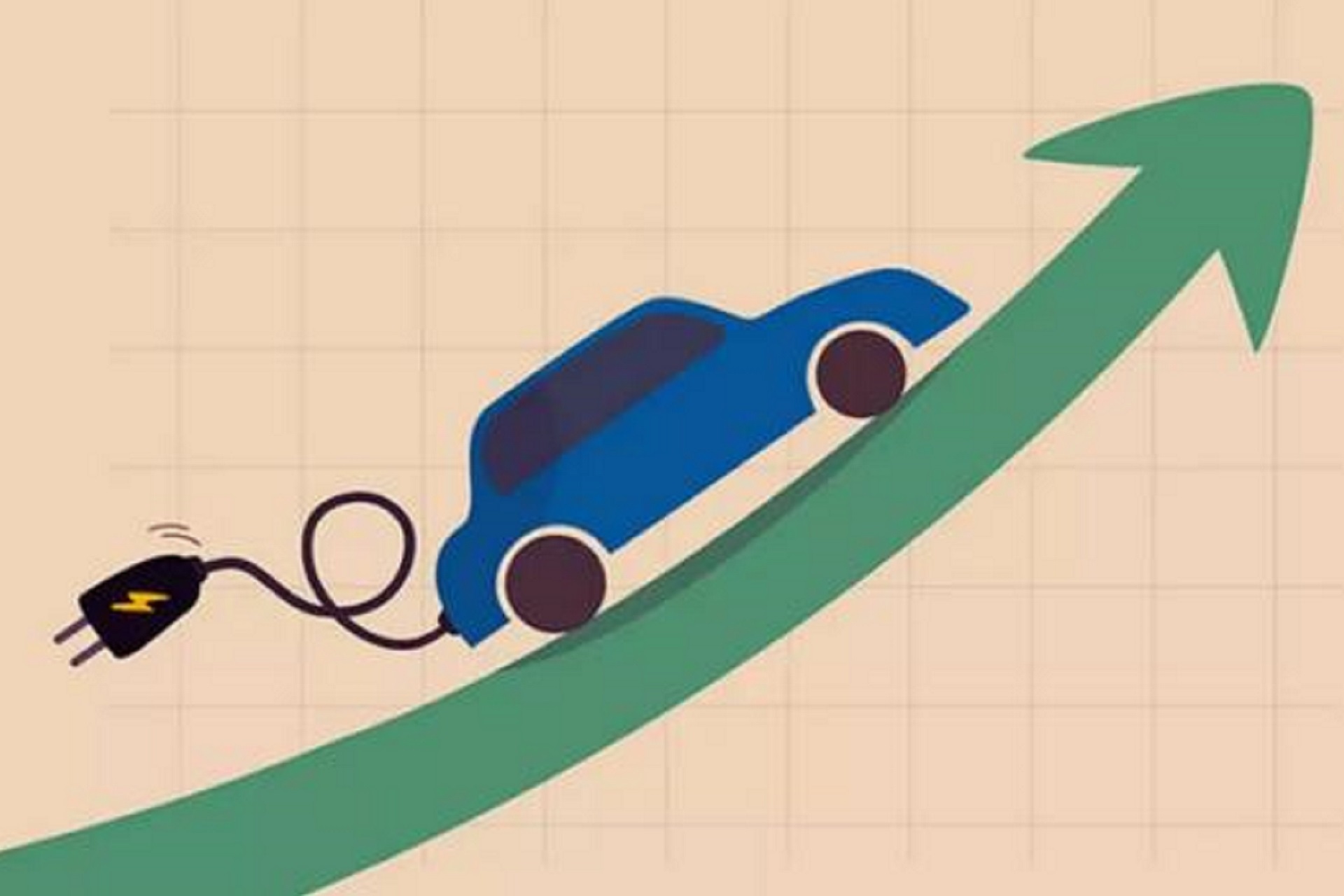
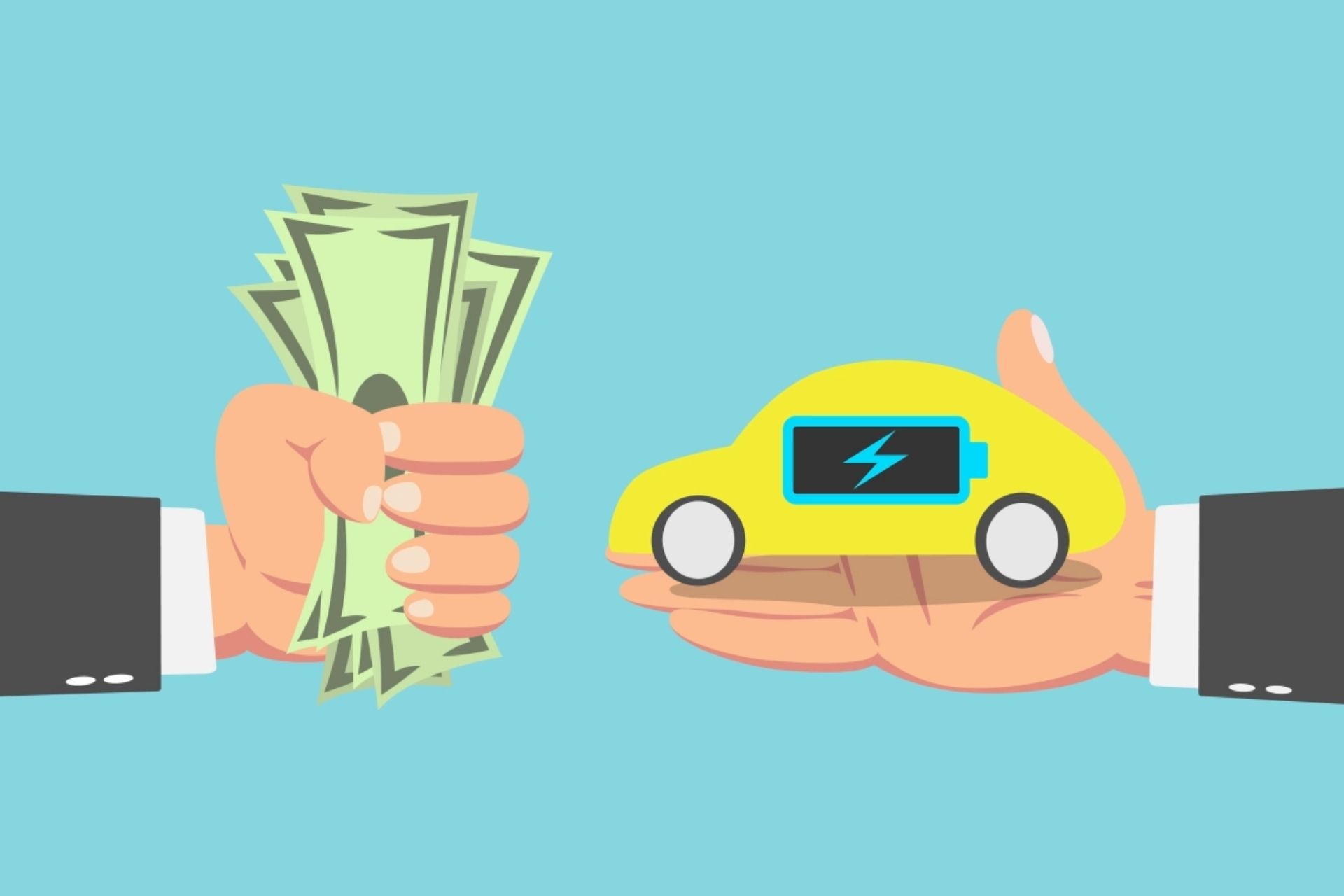
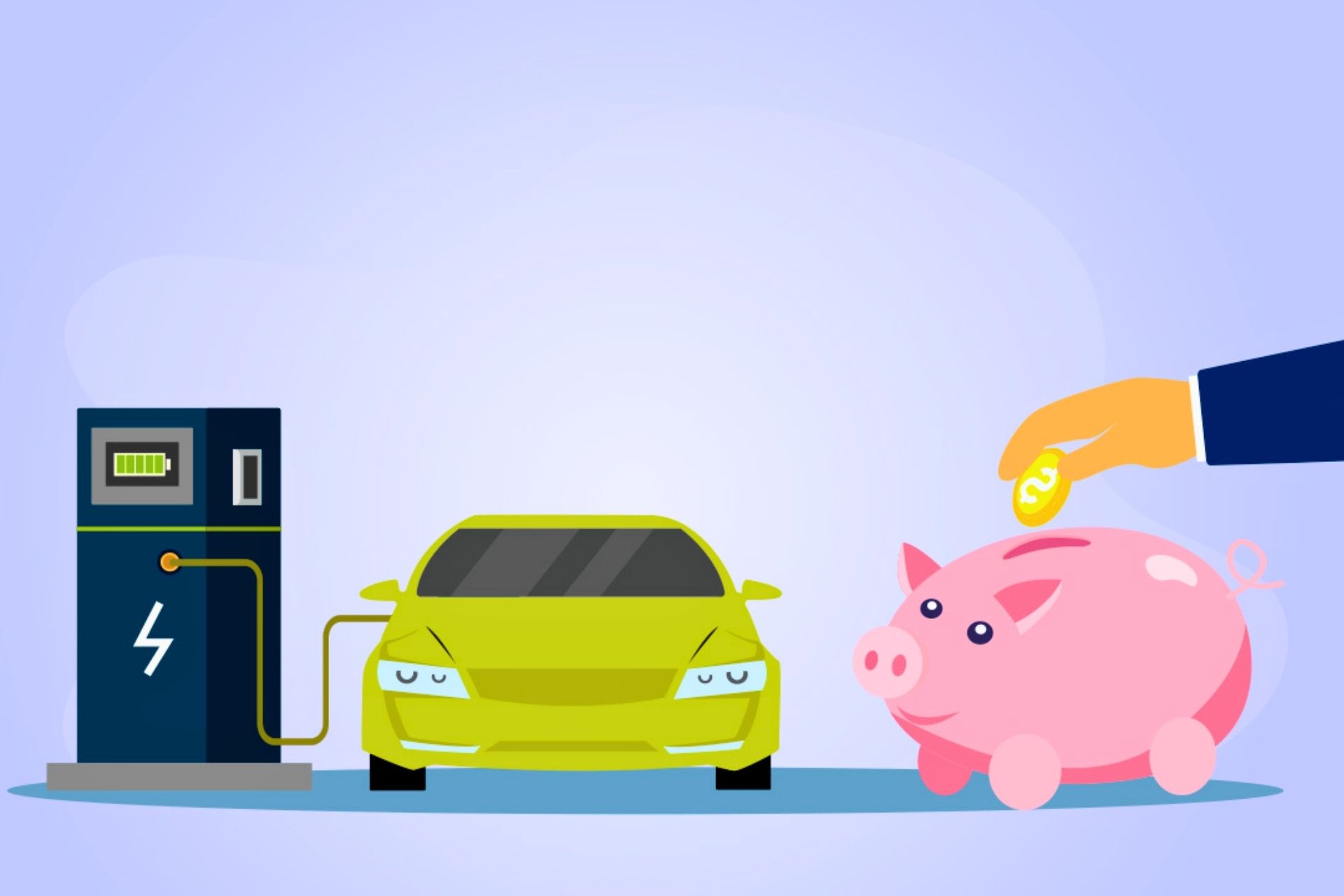
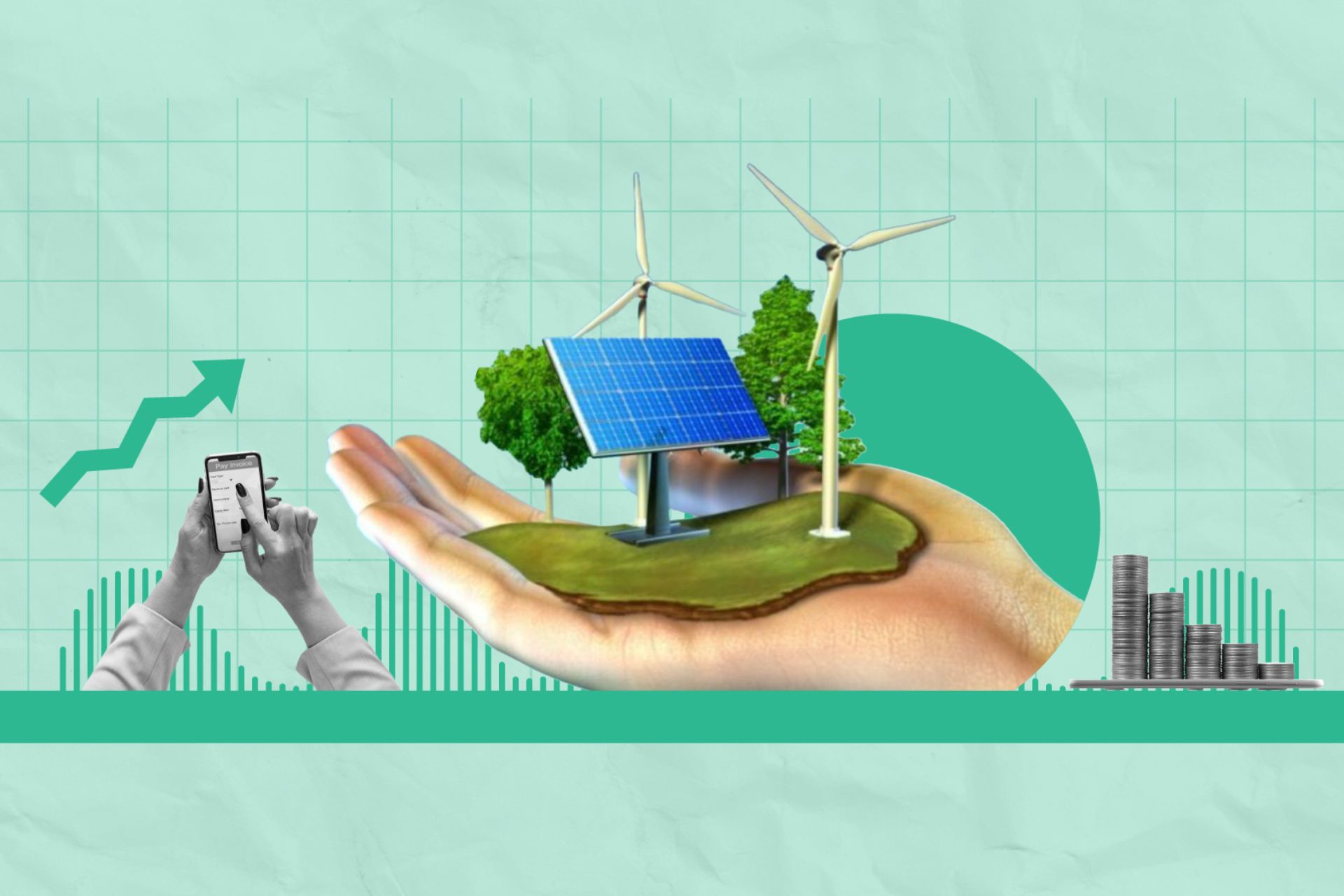
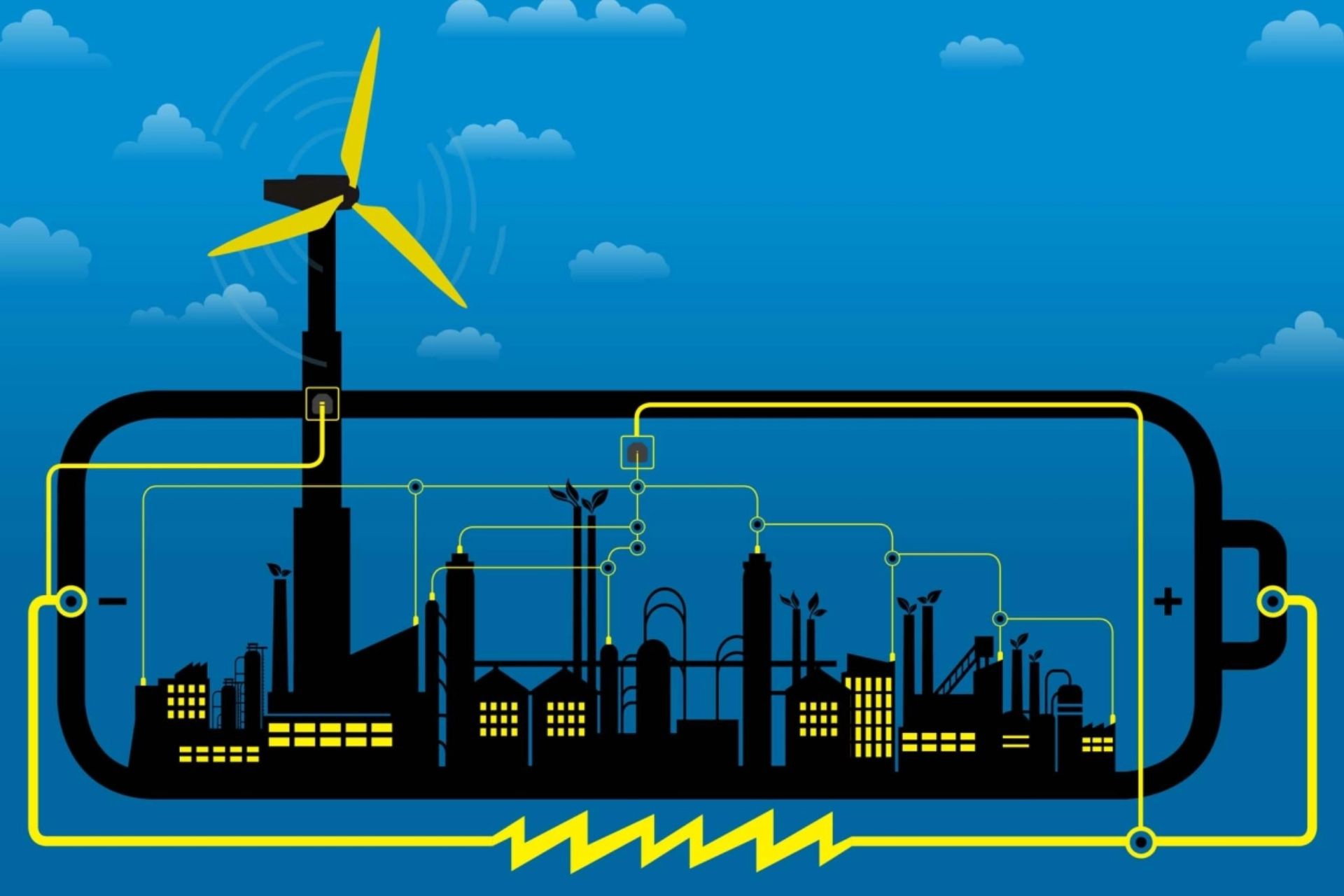
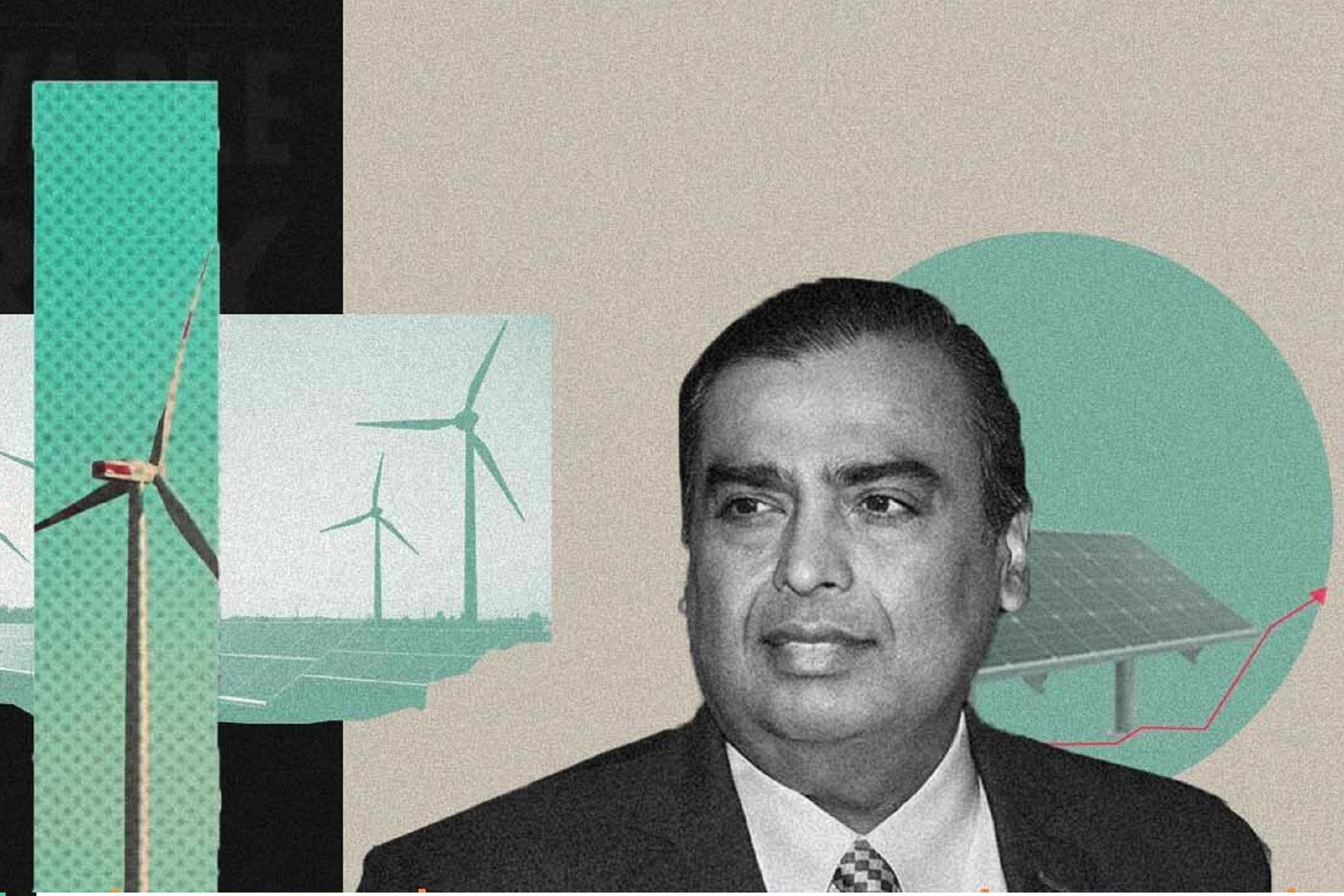
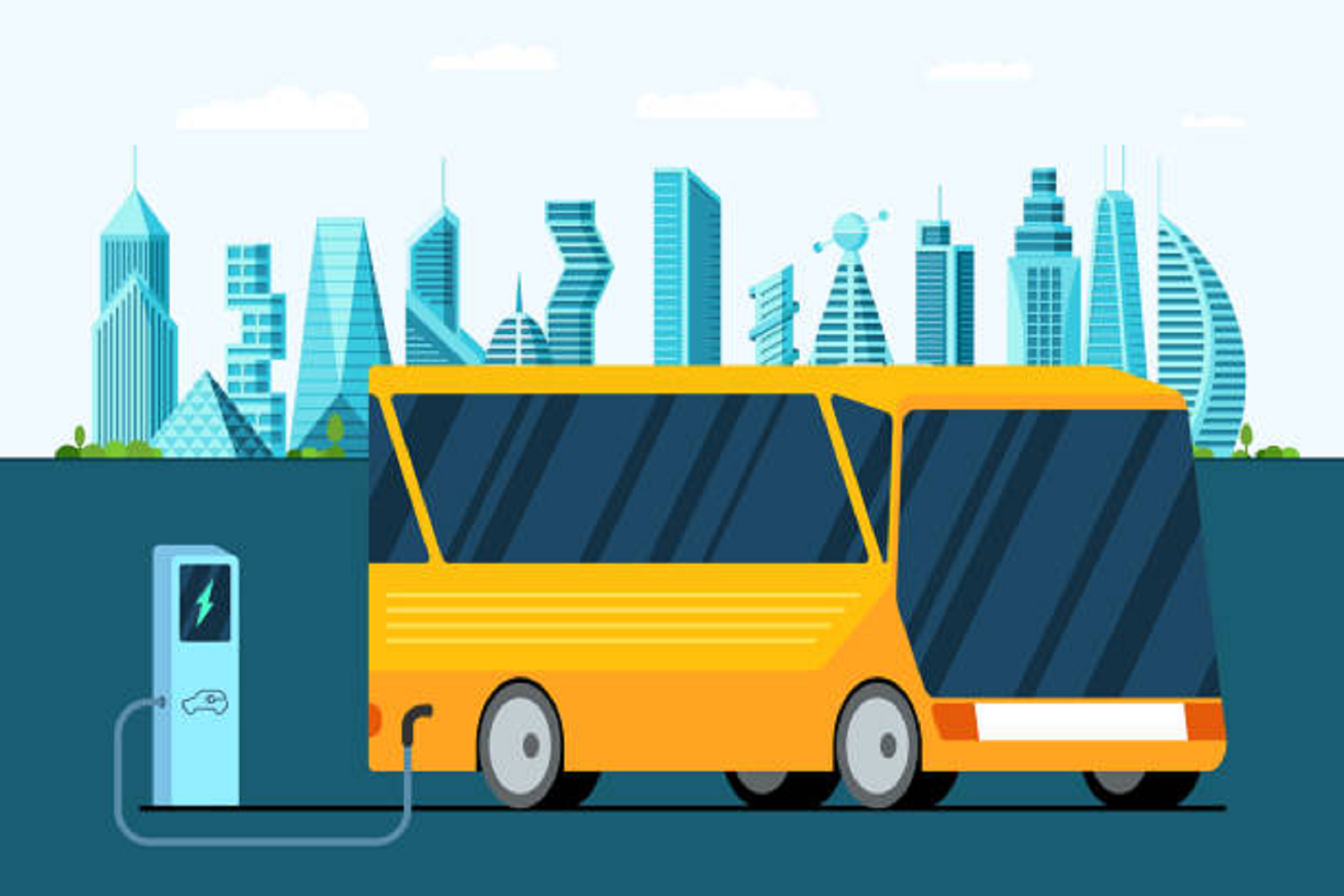
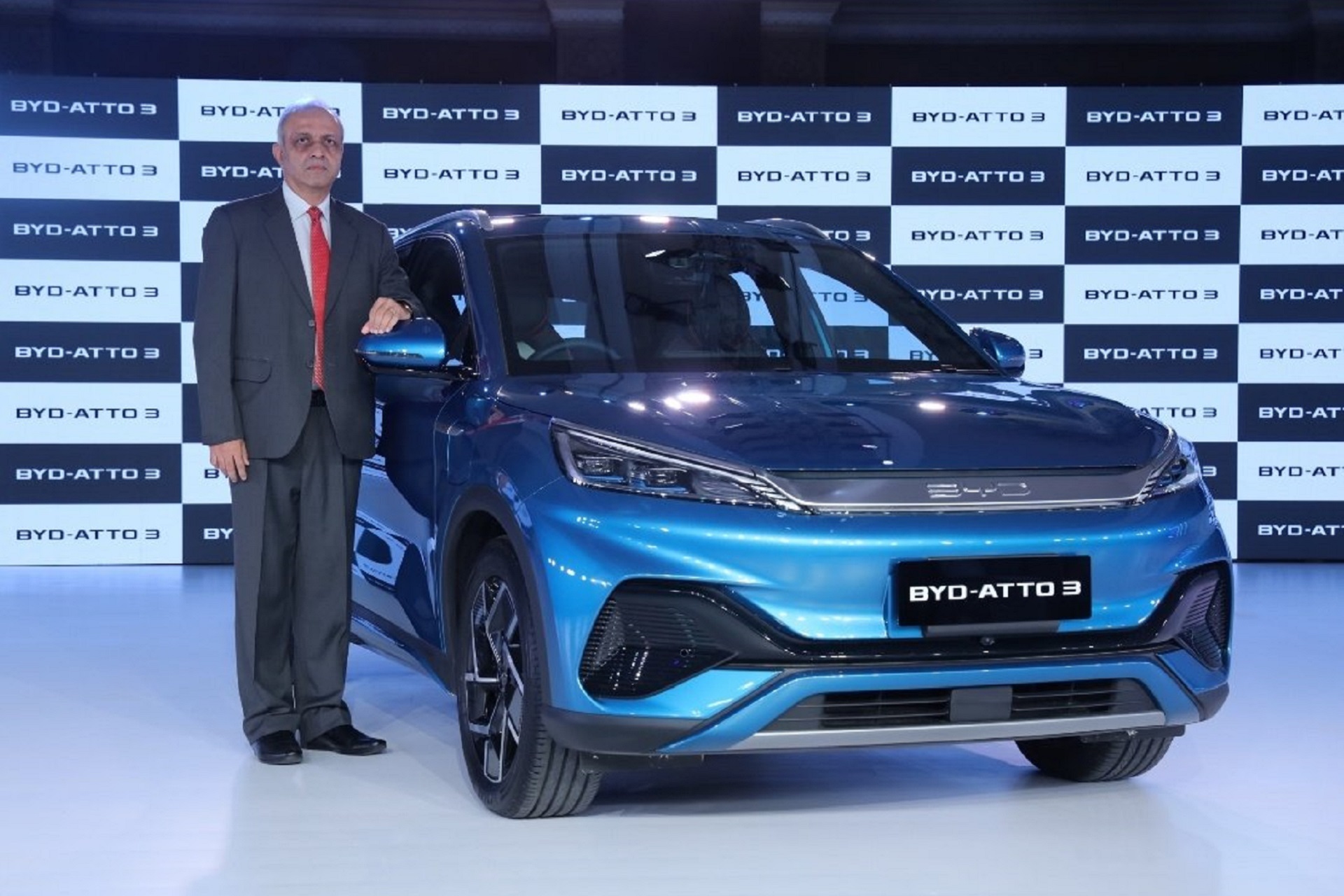
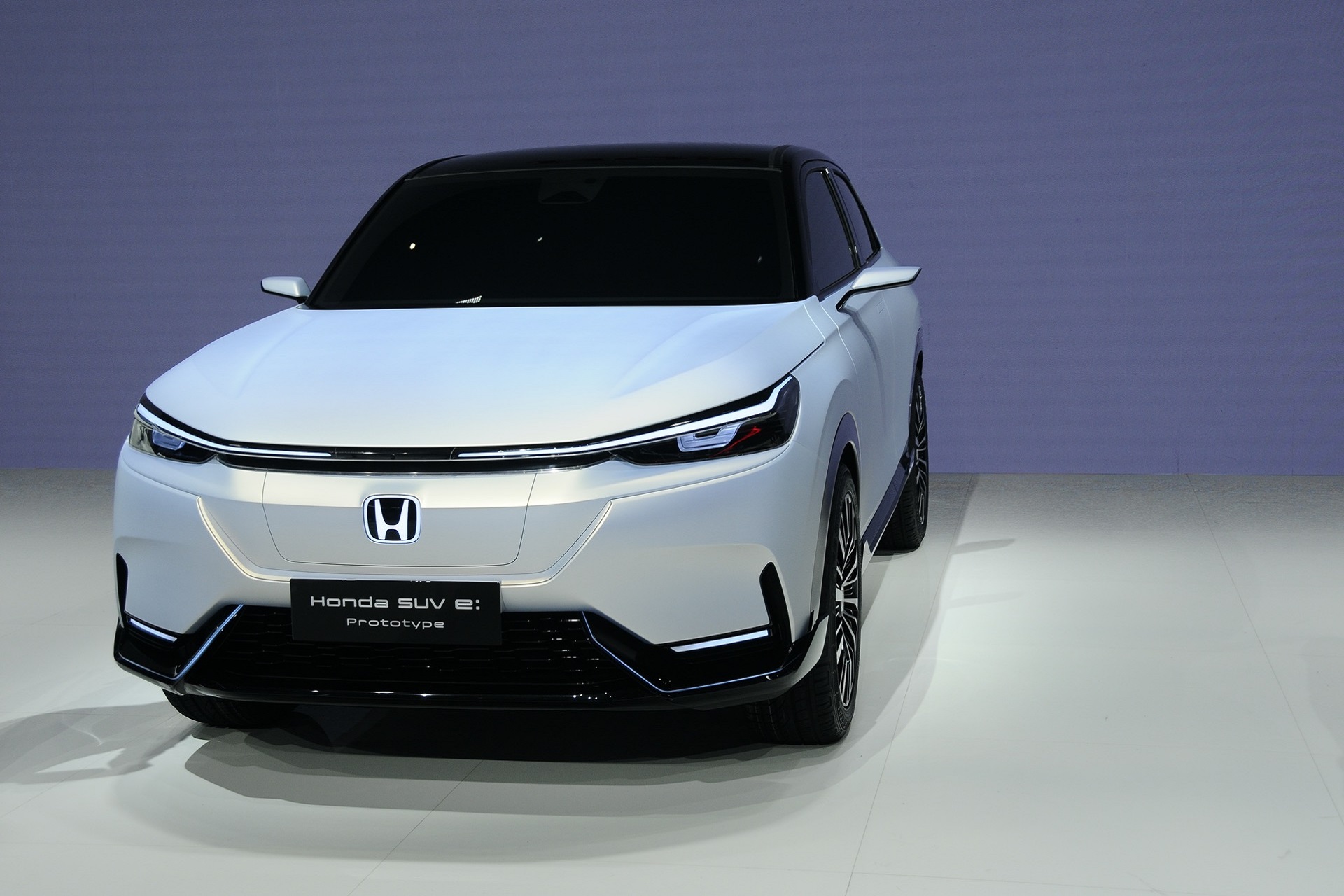
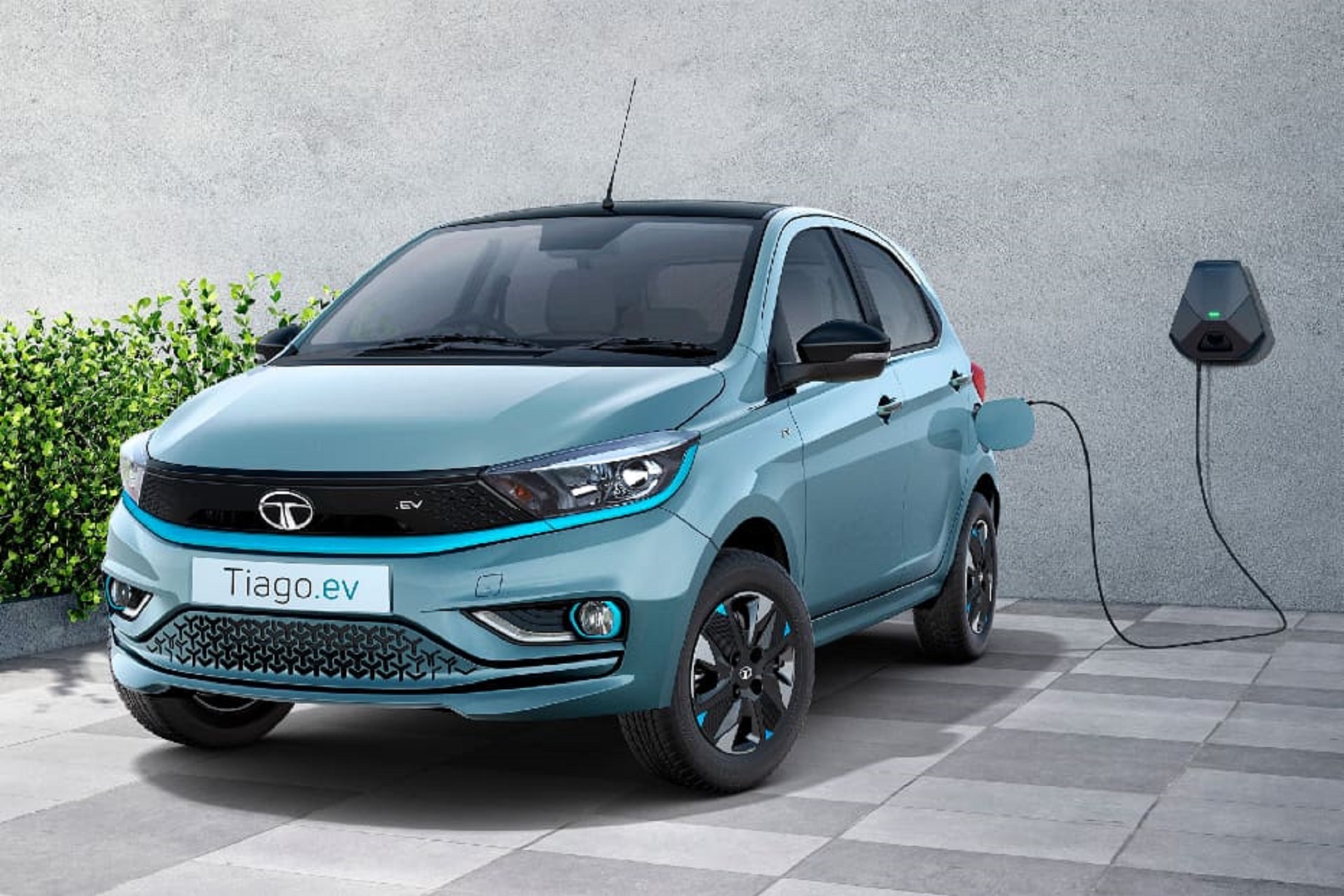
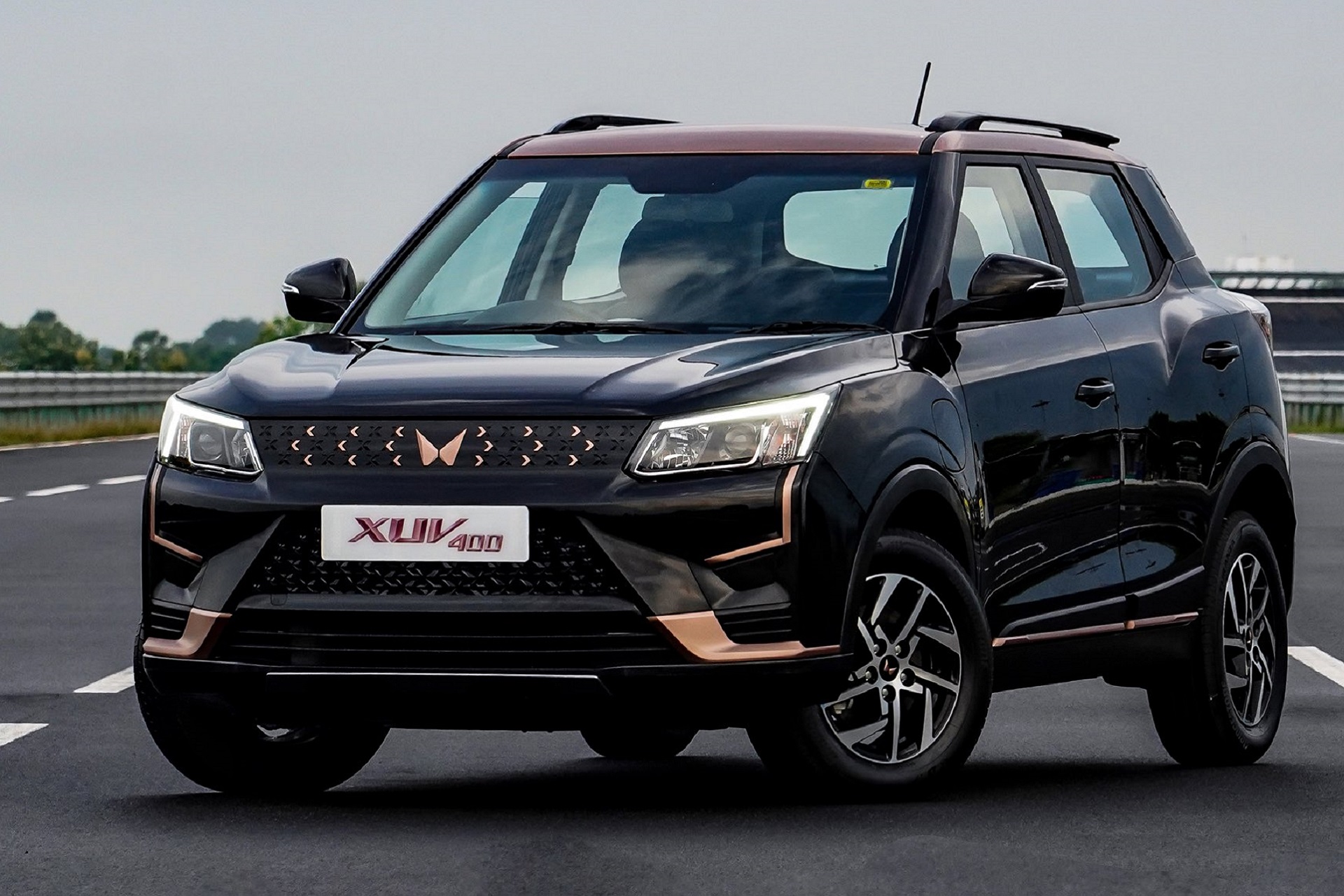
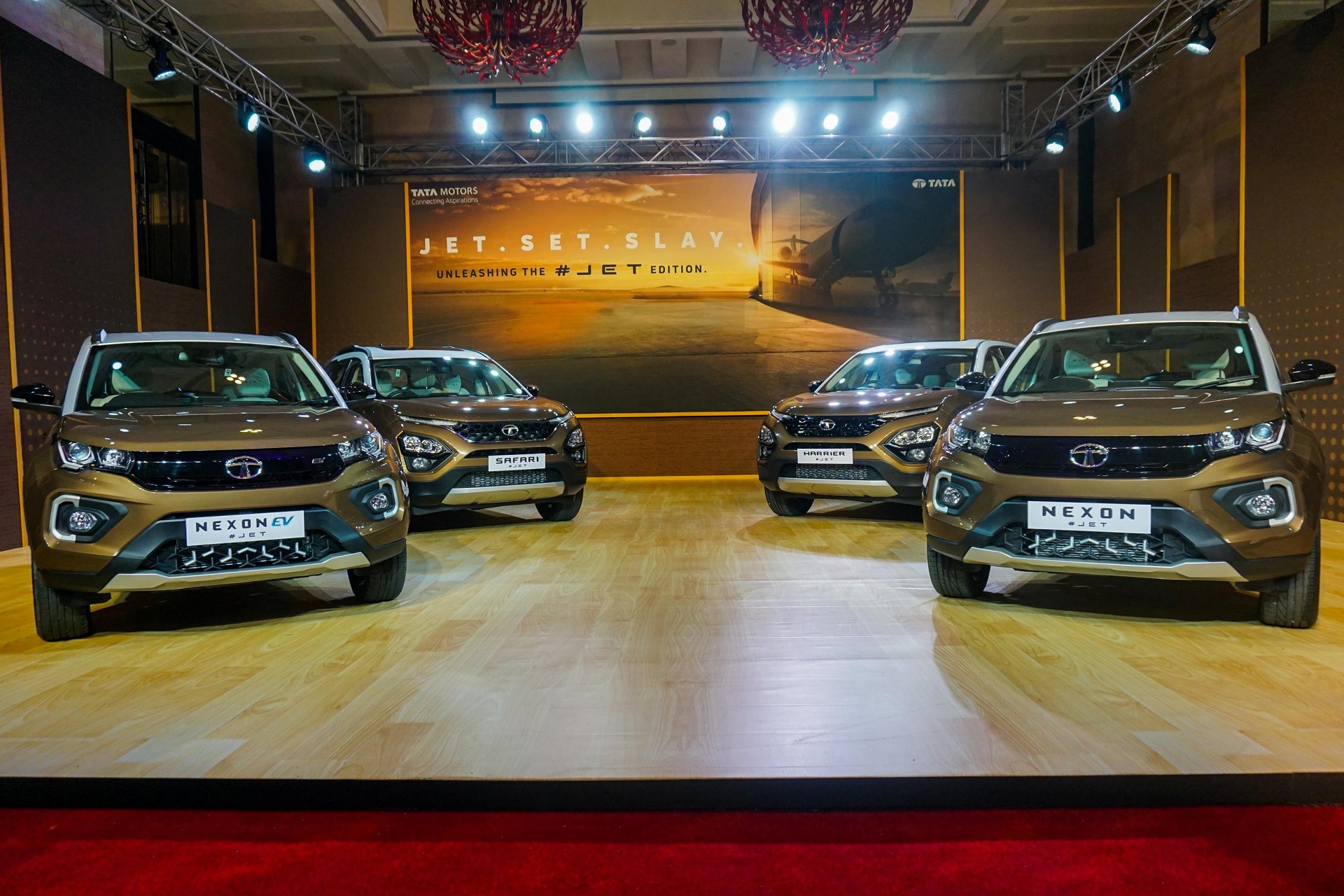
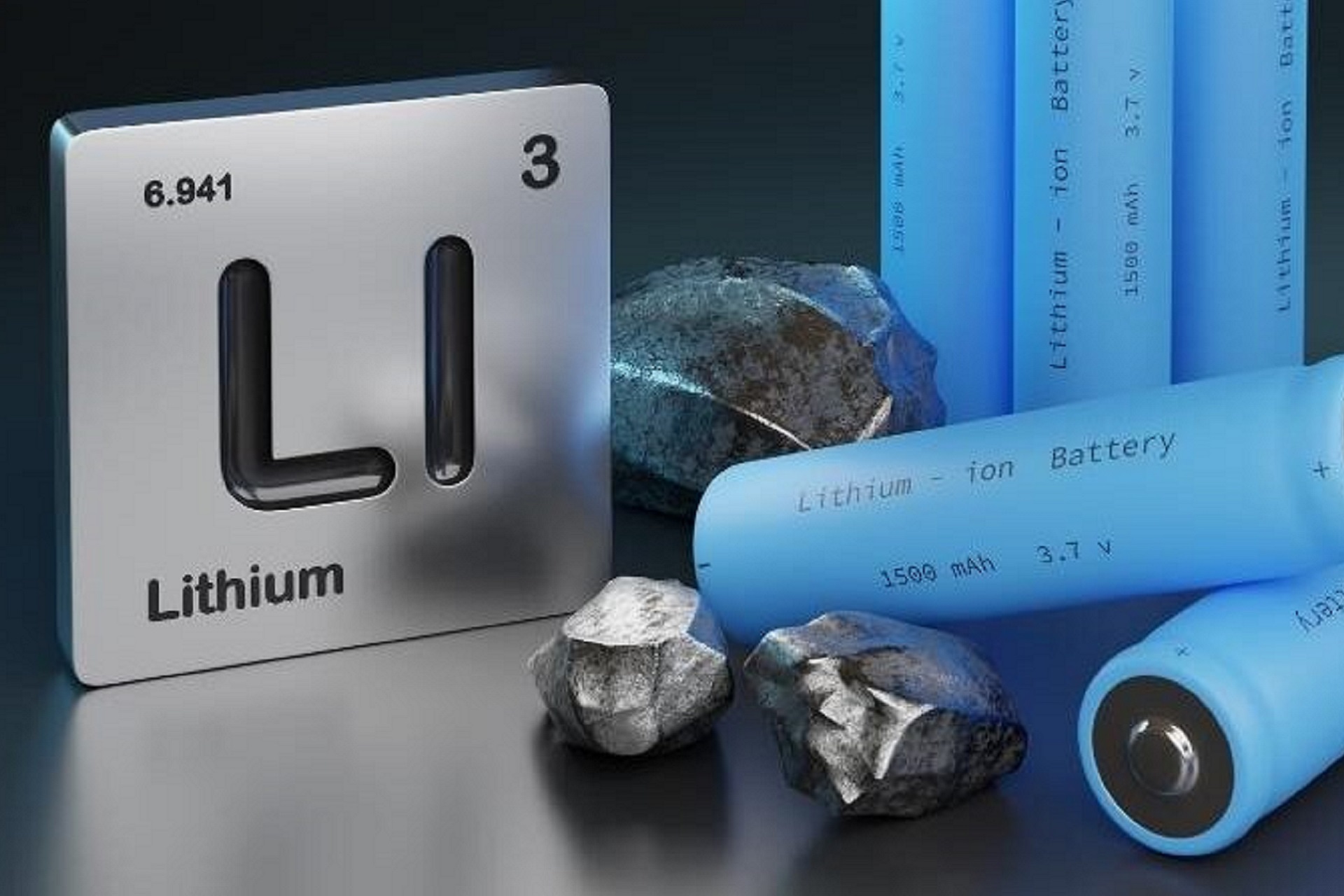
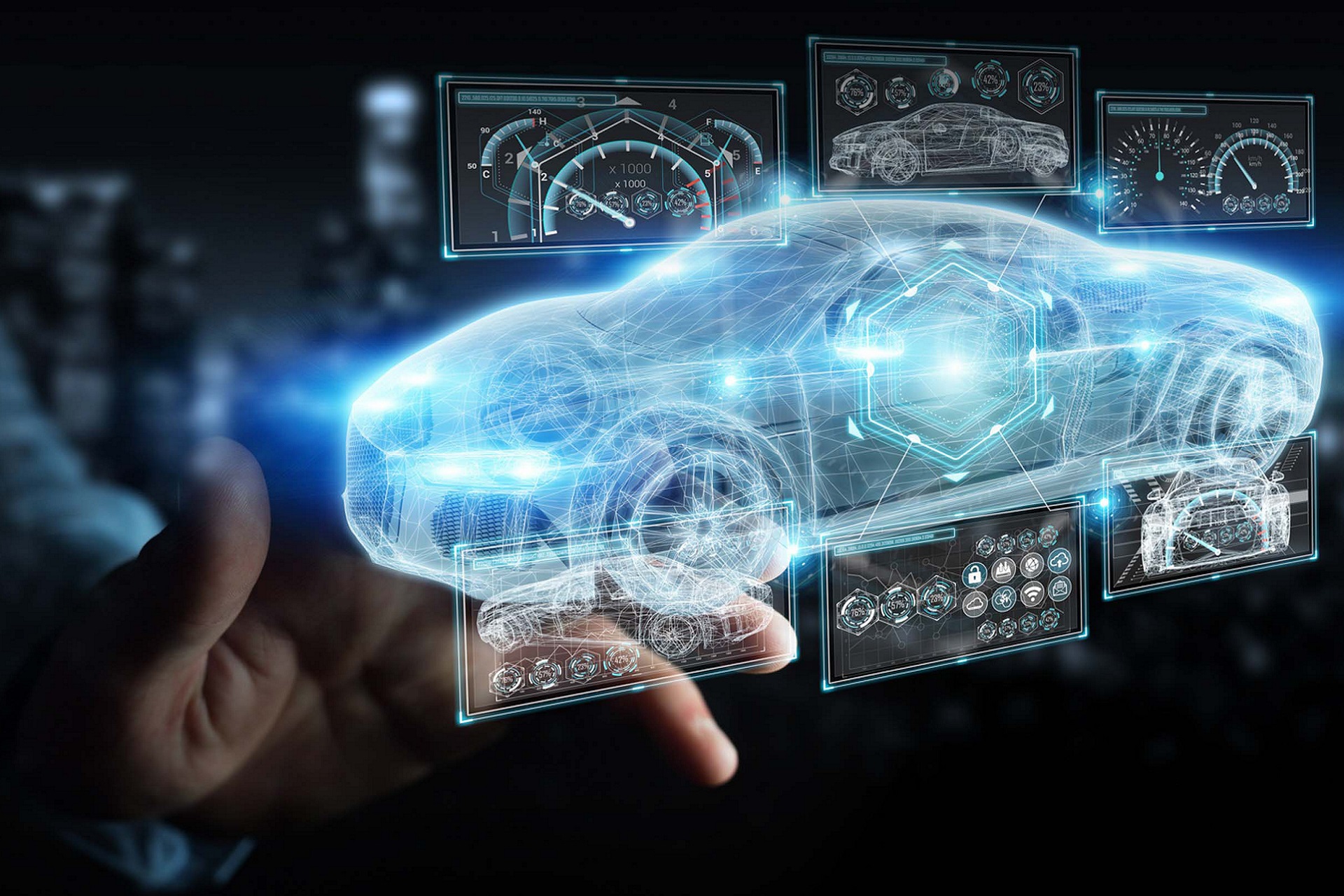
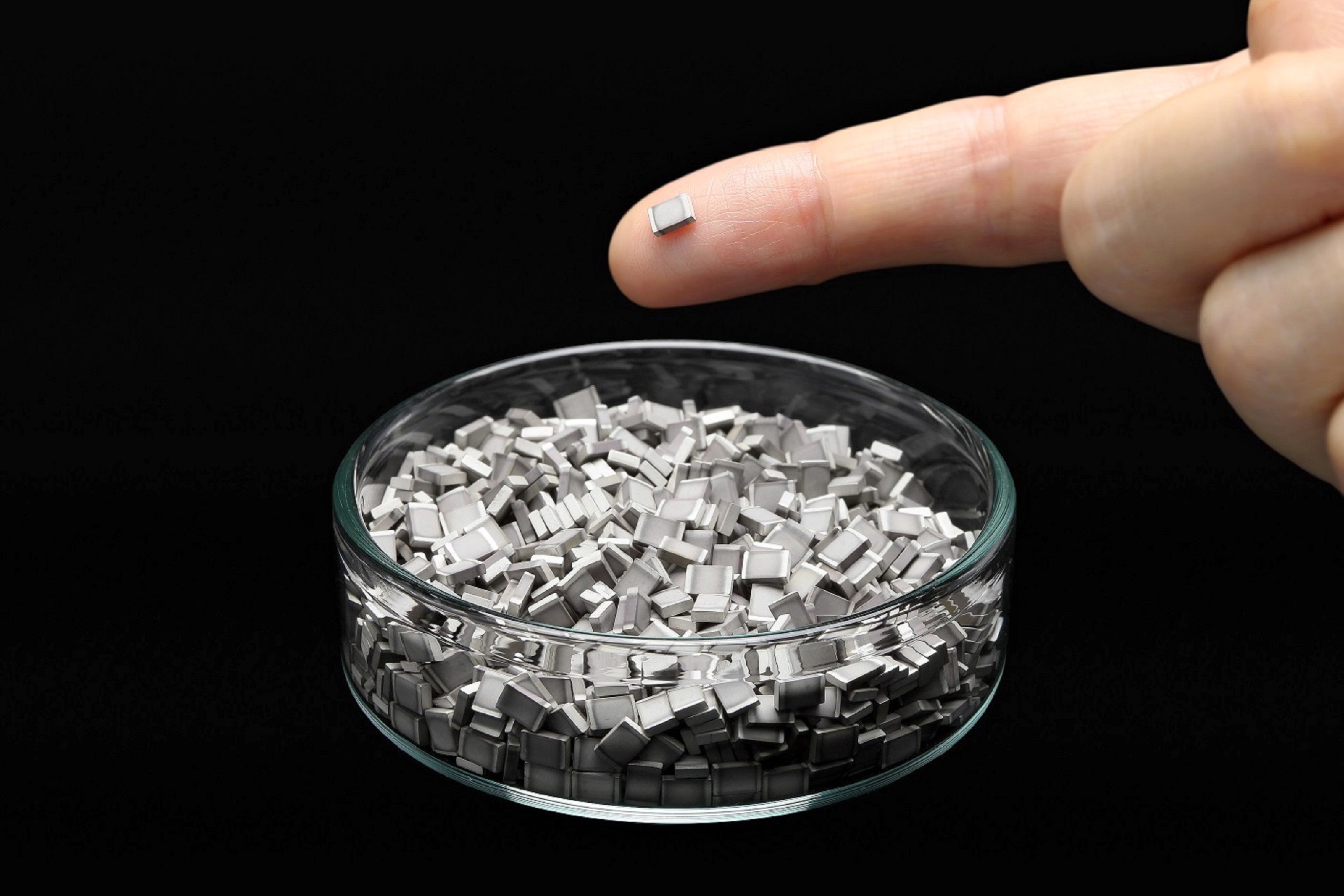
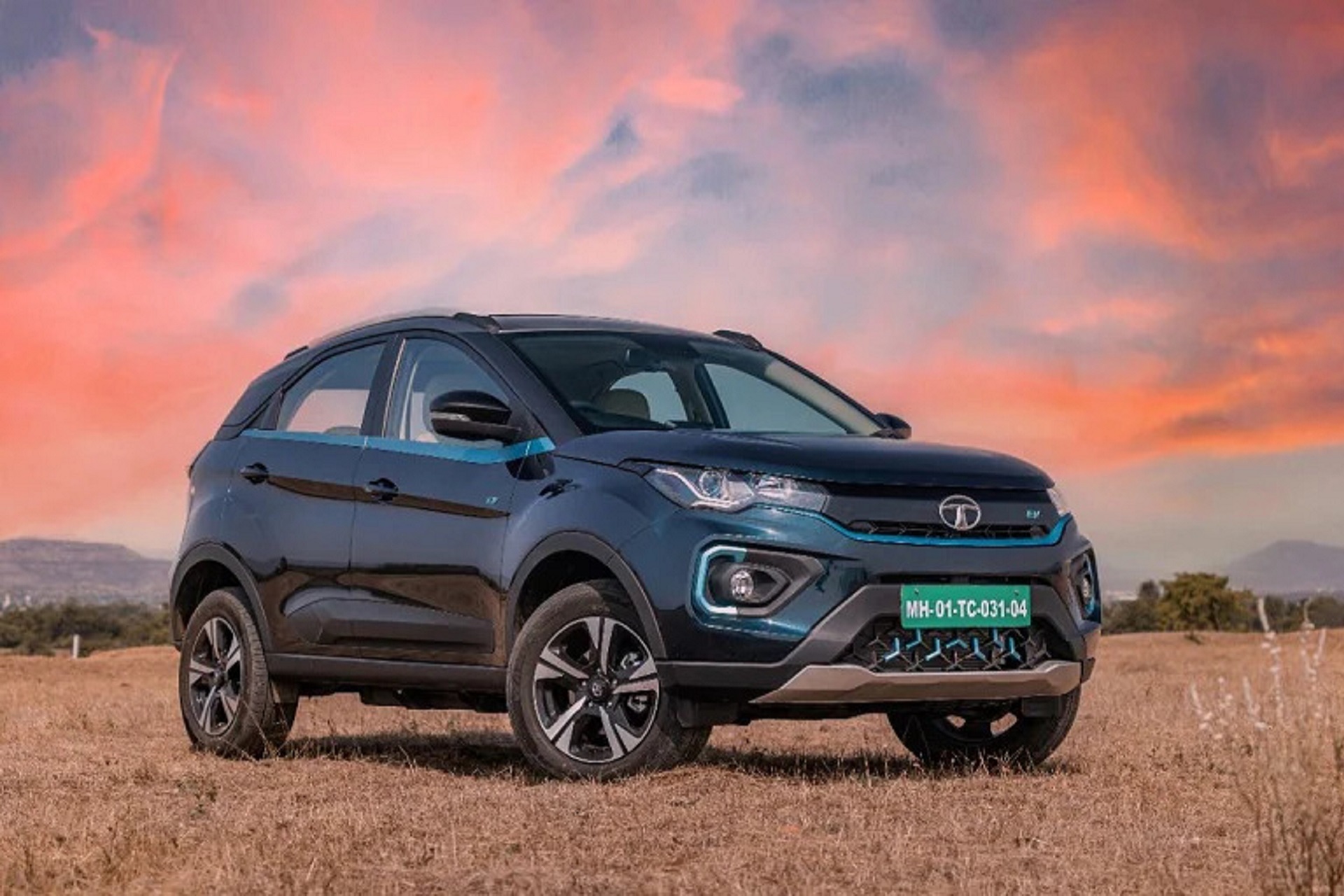
Please Login / register to post your comments!!
0 Comments